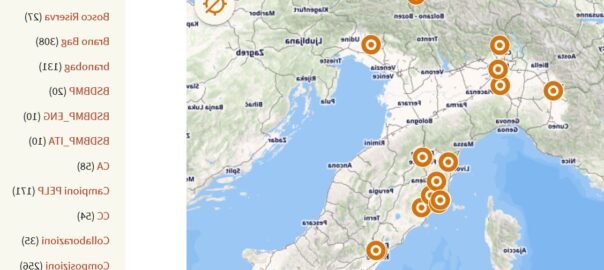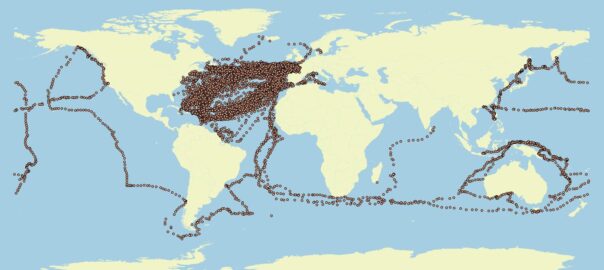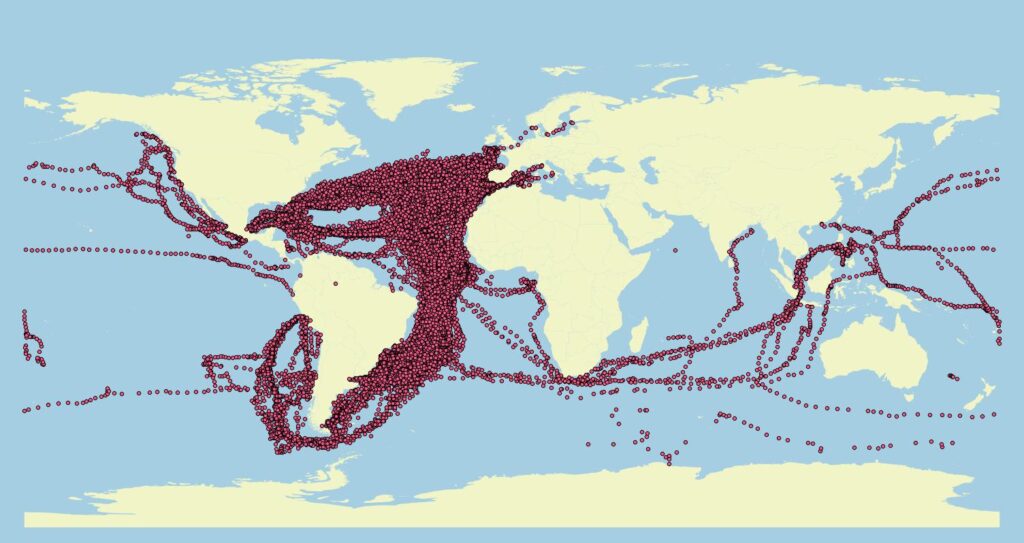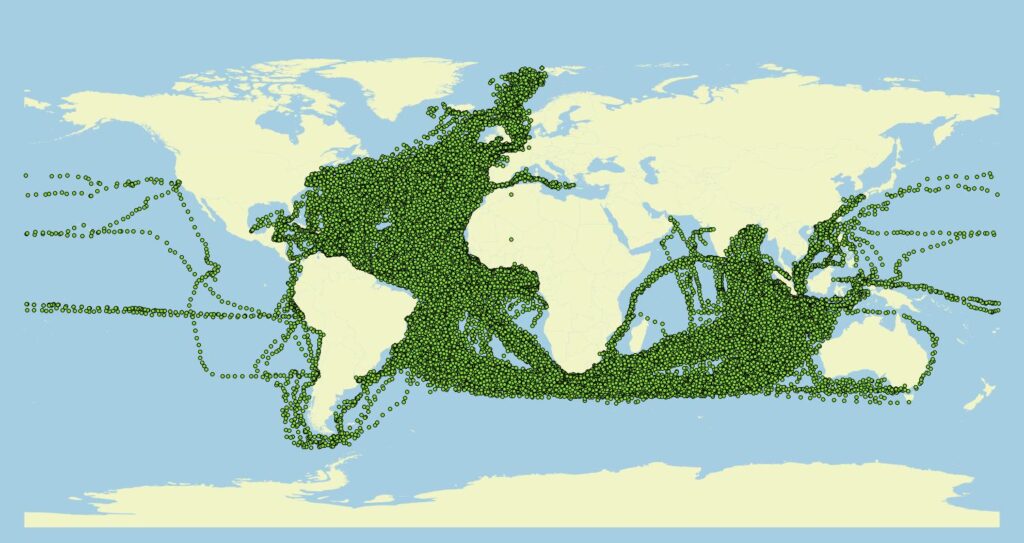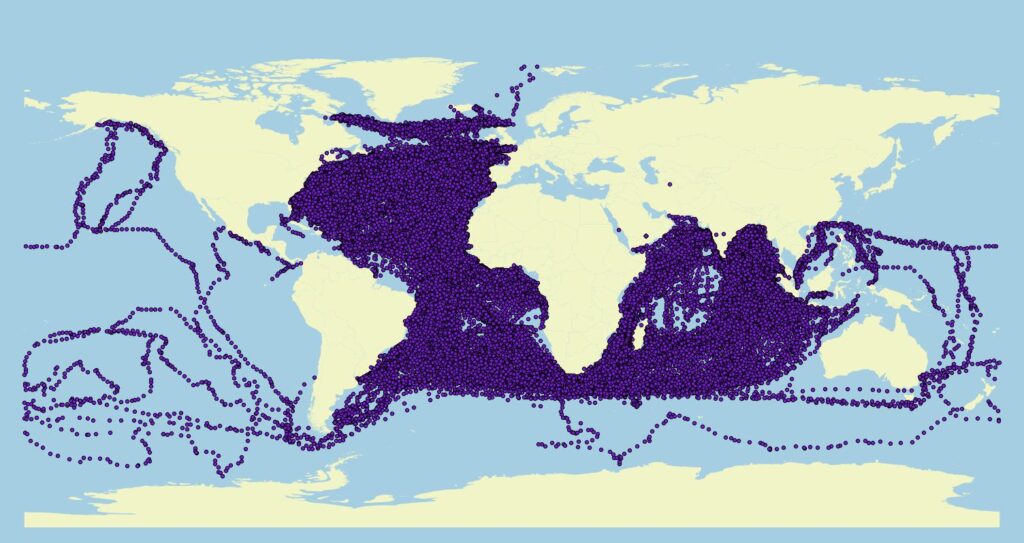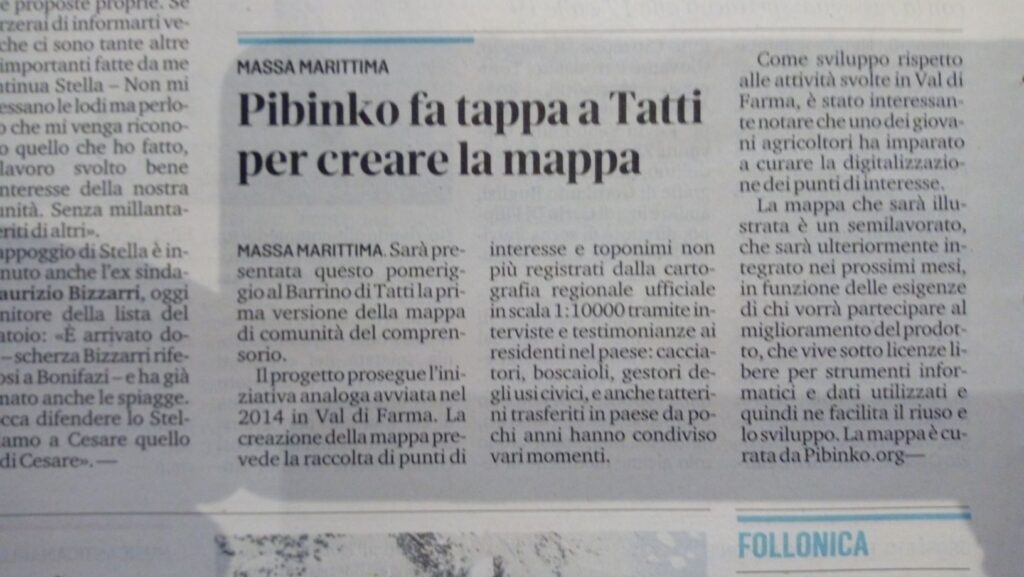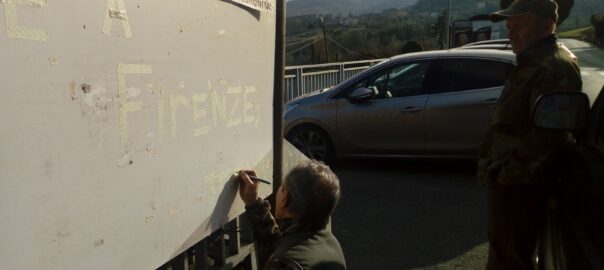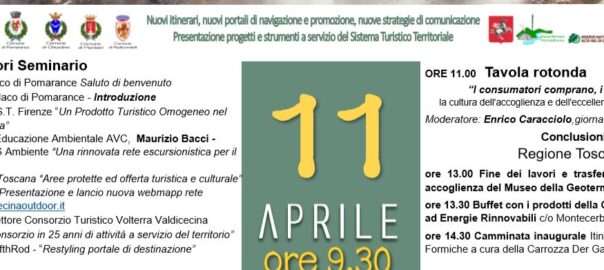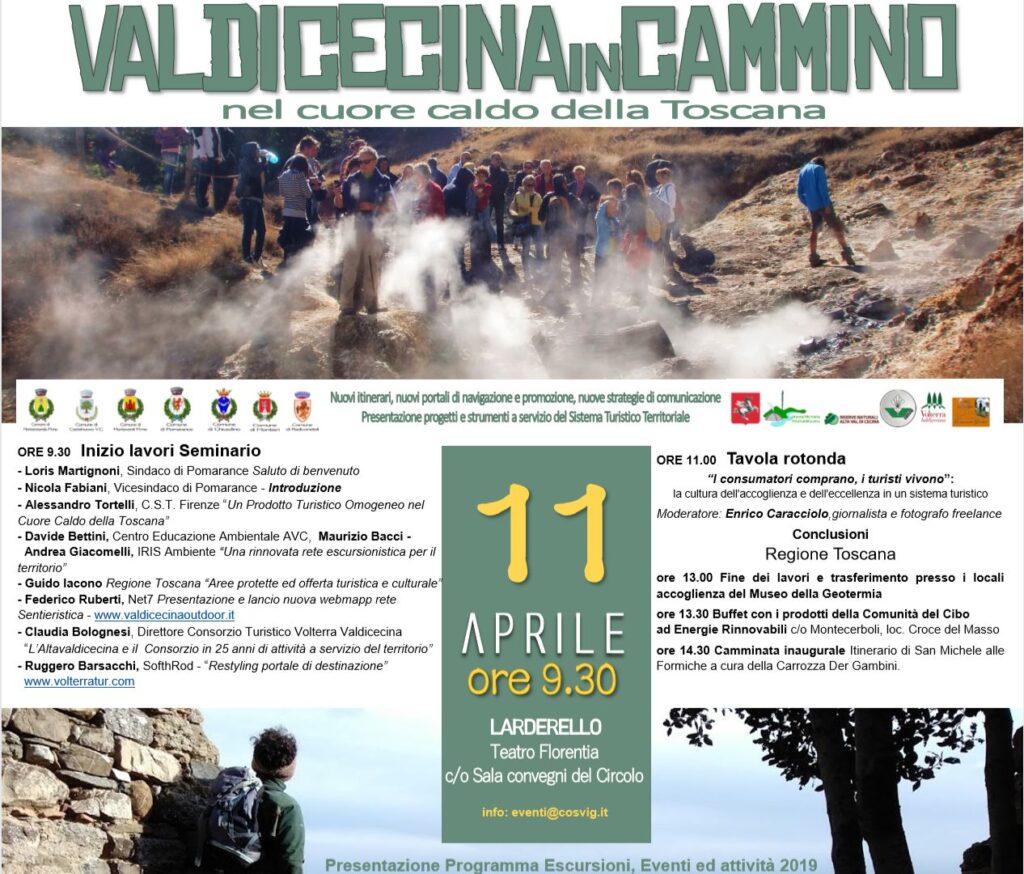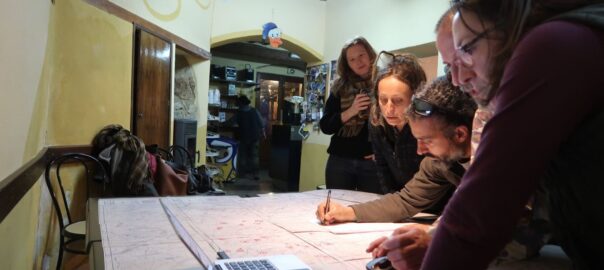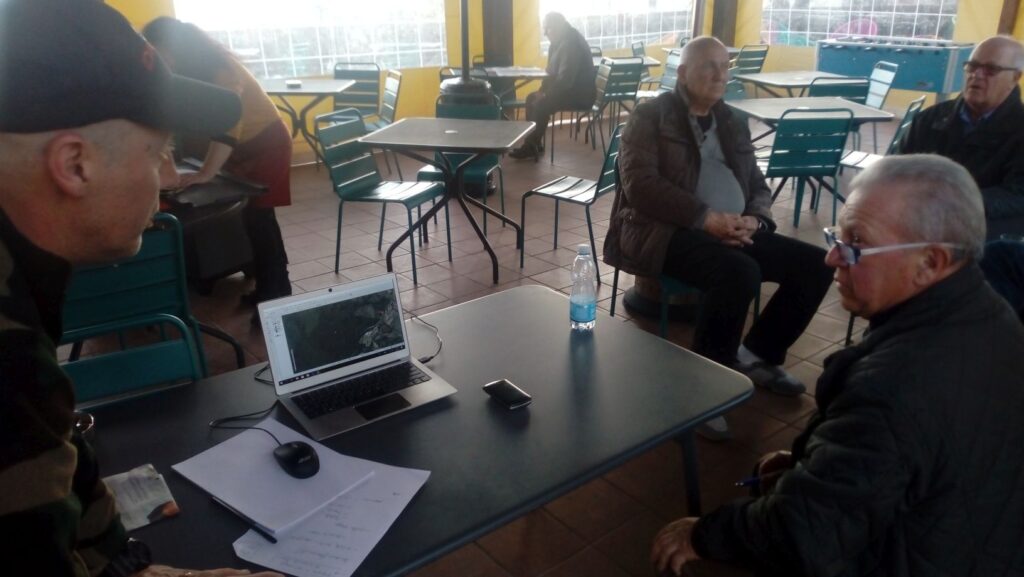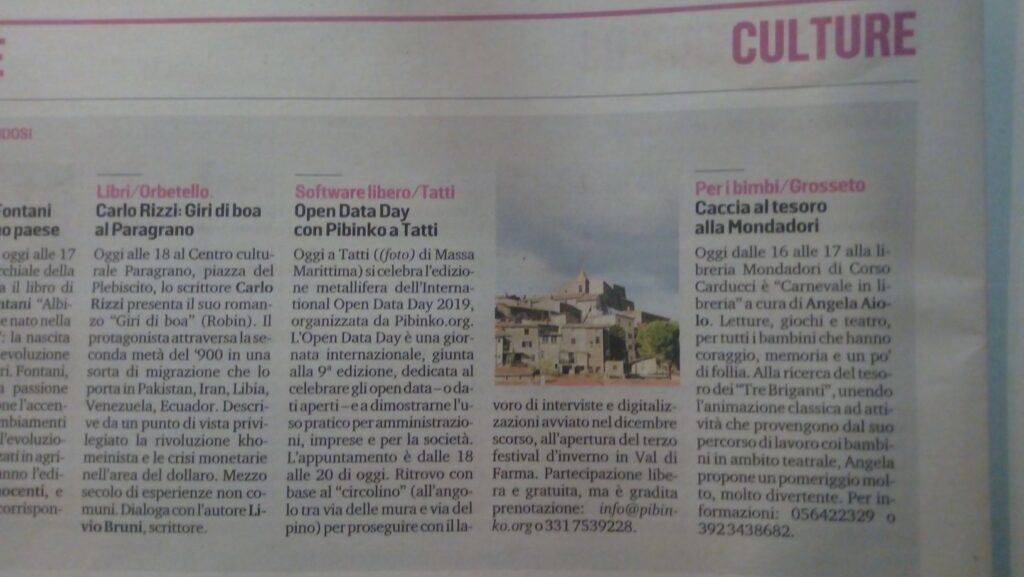About the project: https://www.pibinko.org/participatorylithology/
- In the search window below you can type something, and the system will tell you if the project is related to places or people whose names contain what you typed. Even a single character will do.
- Clicking on the name, or nickname, of a participant, a new window will open with additional information on that person, if available (if not, you will see the main role he/she is covering, either as collector, classifier, entertainer, or sponsor).
- You too can be part of the project. Check out the roles linked above, and write to introduce yourself.
For more information and booking: micalosapevo@pibinko.org.
